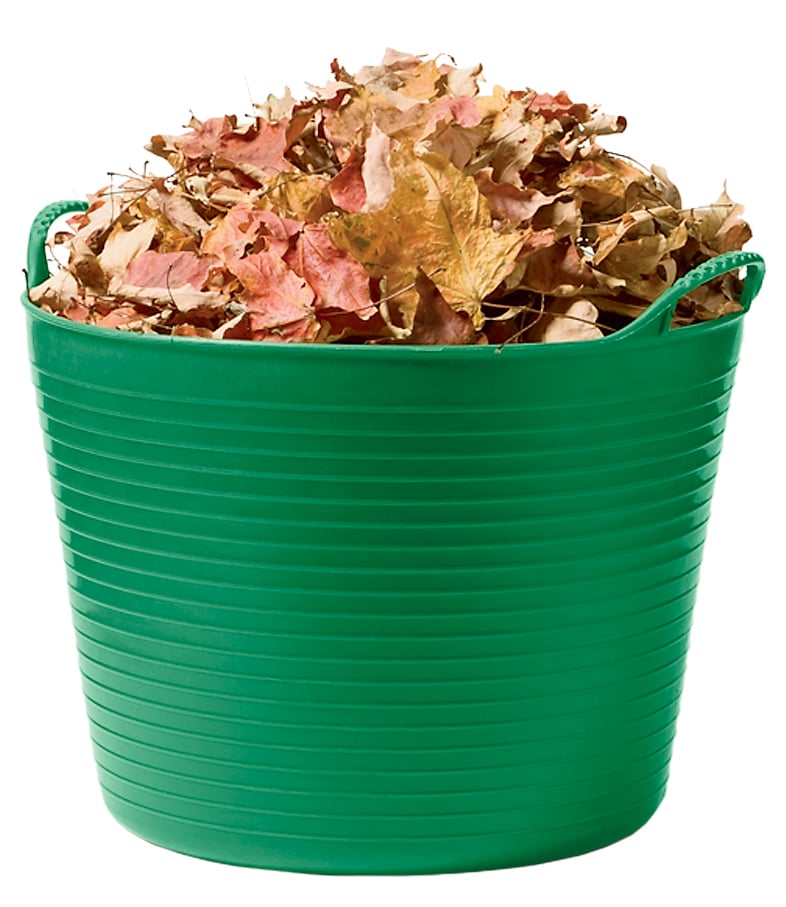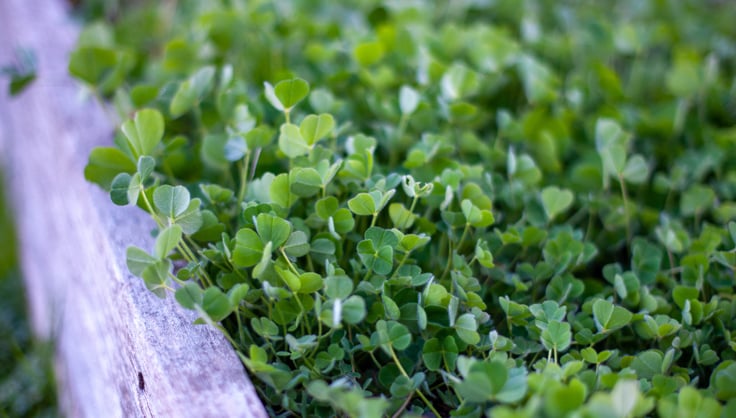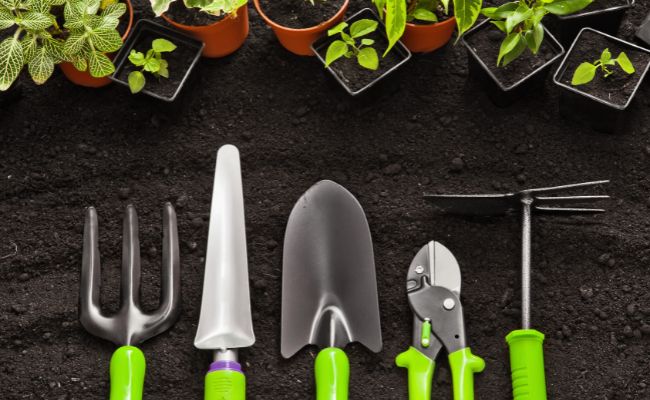Fall Soil Enhancements, Amendments, Compost

Improve your yard soil all through the autumn — subsequent season’s seedlings will thanks.
When the yard season winds down, it is time to suppose loads a lot much less about fruits and flowers — and additional about yard soil. In any case, there is no such thing as a yard wealth with out soil successfully being!
3 Amendments to Add to Your Yard This Fall
Beneath are 3 utterly utterly totally different amendments (so as of accelerating complexity) so as in order so as to add to your yard soil this fall. Strive 1, or experiment with all 3!

Autumn is an atmosphere pleasant time to strengthen your soil by along with uncooked pure matter, very like shredded leaves.
1. Leaves
Leaves are cost-effective (okay, FREE) and supply tons of advantages for the yard. As quickly as we bag up our leaves and truck them off to a landfill, we’re principally eliminating treasured dietary nutritional vitamins and pure matter. As a replacement, add leaves to your compost bin as a carbon-rich “brown” or get shredding with a leaf shredder. Shredded leaves provides nitrogen to the soil, helps feed worms and utterly totally different useful decomposers, and provides pure bulk to sandy, nutrient-poor soils. Leaves from fruit timber, beech, maple, and birch timber are good leaves to make the most of. Rising an acid-loving plant like blueberries or azaleas? Strive mulching with pine needles, oak leaves, or utterly totally different high-nitrogen tree.
2. Compost
Whether or not or not or not you is prone to be utilizing your specific individual handmade compost, or are purchasing for compost in baggage or by the truckload, your yard will thanks for the rise that compost brings. Whether or not or not or not your soil is presently arduous and compacted, sandy, stony, heavy, or moist, along with compost will enhance its texture, water-holding performance, and fertility. Your soil will progressively develop to be fluffy and brown—the proper dwelling for healthful crops.
Compost is teeming with every kind of microorganisms and soil fauna that assist convert soil dietary nutritional vitamins correct right into a kind that could possibly be readily absorbed by your crops. The microorganisms, enzymes, minerals, and pure antibiotics which is prone to be current in compost truly assist stop many soil pathogens from harming your crops. Earthworms, millipedes, and utterly totally different macro-organisms tunnel through your soil, opening up passageways for air and water to achieve your crops’ roots.
Use compost anyplace your soil would possibly use some love:
All through the vegetable yard. Amend soil every spring with a layer of compost. You may gently combine it into the perfect few inches of soil, or mulch spherical particular specific individual crops or rows. In fall, as you take away spent crops, loosen soil and blend in a 3″ to 4″ deep layer of compost. Then cowl naked soil with shredded leaves or straw. The soil could be refreshed for spring planting.
Pamper perennials. As you tidy up perennial gardens — in spring, fall, or anytime in between — shield a bucket of compost at hand so that you simply presumably can unfold a 1″ layer all through the underside of every plant, sustaining the compost a wide range of inches from the stems to forestall rot.
Nurture shrubs and timber. Do not take ’em with no consideration — they’re your finest panorama funding! In spring and fall, unfold a 3″ layer of compost in a giant band extending accurately earlier the sting of the quilt. Keep the compost 6″ inches away from stems and trunks to forestall rot.
Give bulbs a elevate. Combine in a wide range of handfuls of compost into every bulb planting gap, or put collectively an entire mattress by mixing in a beneficiant layer of compost prior to planting.
Lawns are crops, too! Apply a 1/2″ layer of compost over your full yard every spring and fall. If soil is compacted, lease an aerator first to open up the soil so water will wash the compost all the easiest way proper right down to the grass roots.
3. Cowl Crops
Additionally utilized by farmers, cowl cropping is solely starting to creep up in standing with gardeners. Use cowl crops to feed the soil, assemble humus, smother weeds, and forestall erosion. These crops not solely assist replenish drained soil—they will furthermore improve the quantity and number of useful bugs and utterly totally different organisms all through the yard. Though many crops can fulfill a number of perform, it helps to categorize cowl crops in accordance with their foremost contribution:
- Legumes, like alfalfa, clover, beans, and peas, have nodules on their roots which can convert nitrogen all through the air to a extra useable selection it all through the soil. They enhance soil fertility.
- Deep-rooted crops retrieve minerals from deep beneath the bottom, making them accessible to utterly totally different crops. These embrace buckwheat and alfalfa.
- Some crops, very like mustards, rapeseed and ryegrass, produce compounds that inhibit the enlargement pest organisms and weed seeds.
- Grassy and densely rooted cowl crops, very like buckwheat and rye, stop soil erosion and moisture loss by overlaying the soil. Furthermore they inhibit weed progress by shading the soil and competing for moisture.
To forestall the quilt crops from changing into weeds themselves, it’s essential to chop them down and swap them underneath prior to they go to seed. After they’ve been added to the soil, they decompose and launch their dietary nutritional vitamins.
Clover, ryegrass, and utterly totally different cowl crops deter weeds, shield moisture, and add dietary nutritional vitamins to the soil when tilled underneath.

Higher Soil = Higher Gardens
Get the Grime
Protect updated on new articles and recommendation. Please fill out the information beneath.






